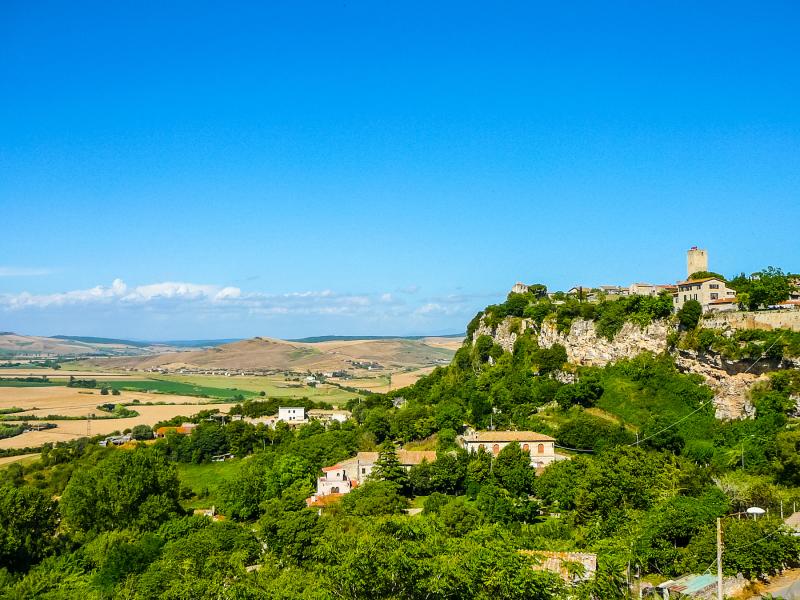Tarquinia lies about 100 km (60 miles) north of Rome and is an easy day trip by car, train, or bus. This classic Italian hill town sits perched near the coast of the Tyrrhenian Sea. From its highest points, there are sweeping vistas of green hills, the flat expanse of the coastline, and the island of Corsica as a rugged outline on the horizon. Tarquinia’s medieval streets, historic churches, and quiet beaches are reasons enough to visit, but most compelling of all is the opportunity to walk in the footsteps of the ancient Etruscans.
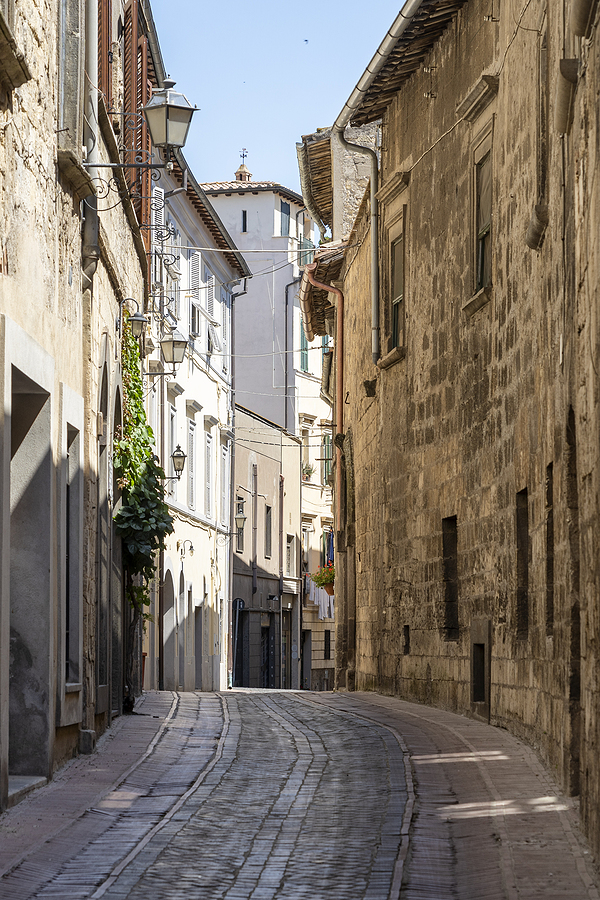
A Center of Ancient Painting
What makes Tarquinia unique in the world of Etruscan art is its remarkable surviving evidence of wall painting. Within Etruscan art, painting is a special topic. Etruscan tomb paintings survive in a very narrow geography and context. In total, about 180 Etruscan paintings are known. Of those, 140 are in Tarquinia! That’s an incredible material record. Few tomb paintings are found in the northern half of Etruria; the others are scattered across different cities and time periods. This geographical context also makes Tarquinia unique.
However, of the more than 6,000 tombs discovered at Tarquinia (a staggering number!), fewer than 200 have surviving wall painting. Perhaps that’s an indication that only the wealthiest families could afford the luxury of a painted tomb, or else that those paintings are the only ones to have survived the ravages of the centuries.

The World of the Dead and the World of the Living
By the sixth century BCE, some of the richest burials in the Mediterranean world were located in central Italy. Much of our knowledge of the Etruscans comes from the incredible troves of material goods yielded from this well-established funerary culture. It’s through tomb excavations that we’ve found the greatest treasures of Etruscan art, and that we gain the most knowledge about the Etruscans themselves.
The Etruscan necropolis—or city of the dead—was a parallel universe to the city of the living. Many of these cities of the dead were extensive, laid out on a grid plan much like the Etruscan towns, with paved roads, sidewalks, and regular blocks. Just like a town, they grew organically over centuries, spreading out into ever wider zones as time passed.
Similar to the ancient Egyptians, the Etruscans seem to have conceived tombs as homes for their dead. They carved out structures of rock and volcanic stone—meant to last for eternity—and filled them with their most valuable and precious belongings.
Inside each tomb, the bodies of multiple generations of one family might be collected. This practice set the Etruscans apart from the ancient Greeks and Romans, who buried only the immediate family together. I find this practice fascinating, since it shows that strong multigenerational family ties—such an important foundation of Italian culture—have very ancient roots.
The Etruscan tomb was not only a repository for human remains. For more well-to-do families, the tomb became a treasure trove of luxury goods made over a long span of time, from terra-cotta cinerary urns and sarcophagi to fine works of gold, silver, bronze, and other media. The family would then see these objects repeatedly as they entered the tomb over the generations to lay their dead to rest. I imagine them handling beloved family heirlooms while they shared stories about those family members who had gone before them.
Painting in Tarquinia
The topic of Etruscan tomb painting has raised many open-ended questions. Can these images help us understand what the Etruscans valued in life, and what they believed about the afterlife? Can they help us visualize their funeral rituals and family relationships more clearly? There are more questions than answers, and the subject of Etruscan tomb painting remains a vibrant topic of research for art historians today.
When you realize that the Etruscan tomb was designed as a house, it’s no wonder that they were decorated like one. Some tombs have realistic-looking ceiling beams, decorative columns, door jambs—even furniture—carved directly into the stone or volcanic tufa. In Tarquinia, some of these architectural and decorative features are painted rather than carved.
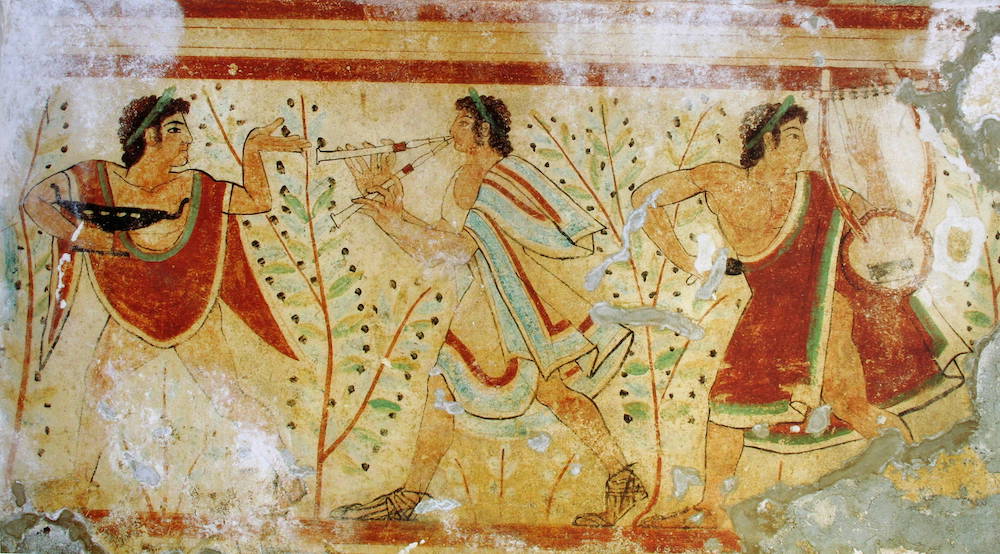
Tarquinian artists painted relatively two-dimensional, stylized designs. The figures displayed on a flat plane in long, horizontal bands. Often, as in early Greek art and even in ancient Egyptian art some 2000 years earlier, men are represented with reddish skin, while Etruscan women are represented as more fair. This is simply an artistic convention.
Life as a rich banquet
The subject of banquets and feasting is common in Etruscan art, both in painting as well as in the actual goods put in the tomb: jugs, cups, plates, and other metalwork and pottery, either of Greek or Etruscan manufacture. No doubt they ate the sacrificial animals and drank wine during these rituals. Both male and female revelers recline on dining couches, attended by musicians and servants. There is also some written evidence that women played a prominent role in these Etruscan feasts.
Etruscan painters had a remarkable ability to suggest that their subjects had a bright, tangible world just beyond the tomb walls. Many of the activities depicted in tomb painting might have been activities that the Etruscans carried out during funerary rituals: dancing, drinking, feasting, games, ritual contests, processions, races. If so, then perhaps the paintings in this city of the dead carry on the celebration of life that took place in the adjacent city of the living. All in all a good time.
What to See in Tarquinia
Necropolis of Monterozzi
Via Ripagretta
01016 Tarquinia (VT)
338/8618856
This necropolis is one of the few places in Italy where you can view painted Etruscan tombs and gain an appreciation for the richness and color that might have adorned many other tombs now emptied. Along with the Banditaccia necropolis of Cerveteri, the so-called Monterozzi necropolis at Tarqunia is one of the treasures of Etruscan civilization and is a UNESCO World Heritage Site.
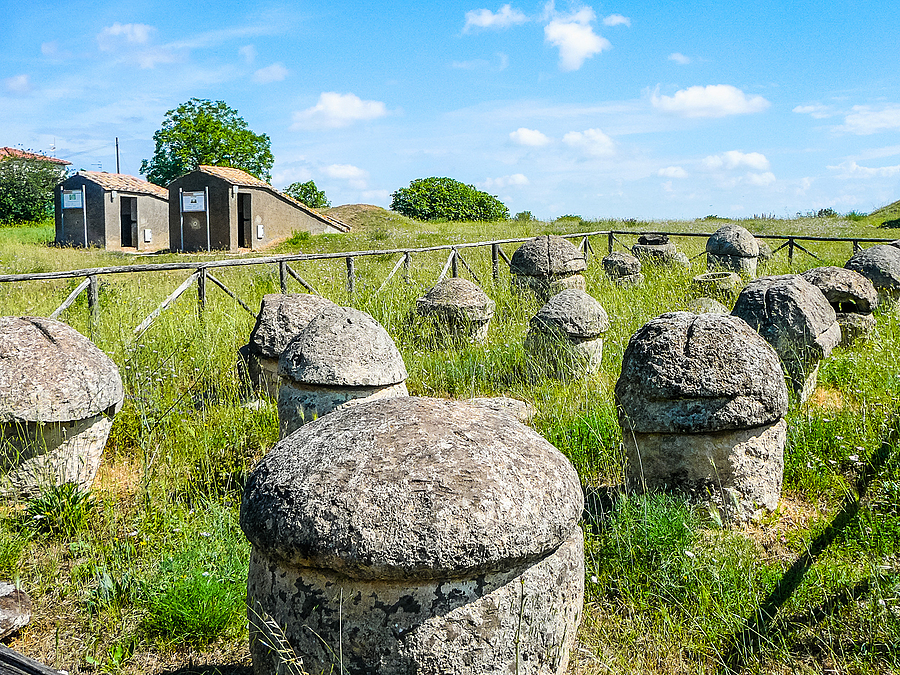
Tarquinia National Archeological Museum
Museo Archeologico Nazionale Tarquiniense
Piazza Cavour, 2
01016 Tarquinia (VT)
0766/850080
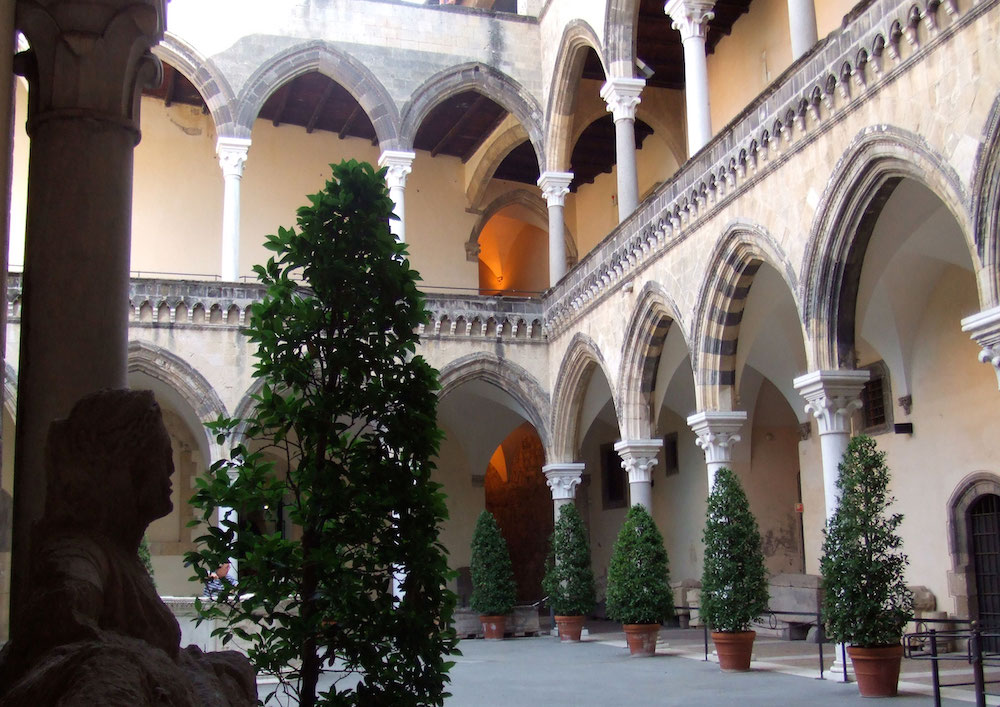
This archeological museum, housed in a medieval palace, is dedicated primarily to Etruscan civilization and contains many works excavated from the necropolis of Monterozzi located to the east of the city. One of its most impressive holdings are the winged horses that once decorated the pediment of the Ara della Regina temple, whose foundations survive along a remote stretch of road outside of town.
Laura Morelli is an art historian and historical novelist with a passion for Italy. You can find much more about what to bring home from Italy in her guidebook series, including Made in Florence and Made in Italy. These books, along with Laura’s Venice-inspired historical novels, including The Gondola Maker, are available in the Italy Magazine shop. Click here to register for Laura’s free online workshop on Women in Etruscan Art.
